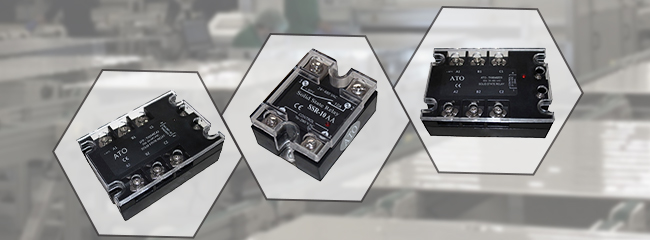How to Select Solid State Relay?
Solid state relay is a contactless switch composed of microelectronic circuit, discrete electronic device and power electronic power device. The isolation device is used to realize the isolation of the control terminal and the load terminal. The input end of solid state relay uses small control signal to directly drive large current load.
When selecting SSR relay, it should be based on the actual application conditions and SSR performance parameters, and especially take into consideration the over-current and over-voltage conditions in the use and the load capacity of solid state relay, which is helpful to achieve the long life time and high reliability of solid state relays. Then, in the following, atorelays.com will tell you how to choose a right solid state relay.

How to select a solid state relay based on load types?
There is no problem for SSR to switch on / off the normal loads, but some special load conditions should also be considered so as to avoid the unnecessary damages to the device caused by excessive impact current and overvoltage. In the use, the steady-state current flowing through SSR solid state relay output should not exceed the rated output current under relevant temperature as stipulated in the product specifications. The possible inrush current cannot exceed the overload capacity of the relay. Generally, there should be some margin.The rated current of industrial solid state relay is selected according to different load types. The instantaneous current of resistive load, inductive load and capacitive load is large when starting. Even for the load with pure resistance, the resistance value is small in cold state because of the positive temperature coefficient, so it has a large starting current. For example, the starting current of asynchronous motor is 5 to 7 times as large as rated value, and the starting current of DC motor is larger. Moreover, the inductive load has higher back EMF. This is an indeterminate value, varying with L and DI / DT, usually 1 to 2 times higher than the power supply voltage, which is superimposed with the power supply voltage. Thus there exists a voltage 3 times higher than the power supply voltage. Capacitive load has potential risk. When starting, the capacitor is equivalent to a short circuit because the voltage at both ends of the capacitor cannot be mutated.
Therefore, when selecting solid state relays, users should carefully know about the surge characteristic of load, and then make a decision. SSR can bear the surge current in the case of ensuring its stable working. Generally, the ordinary SSRs can be selected based on the 2/3 of its rated current value.
